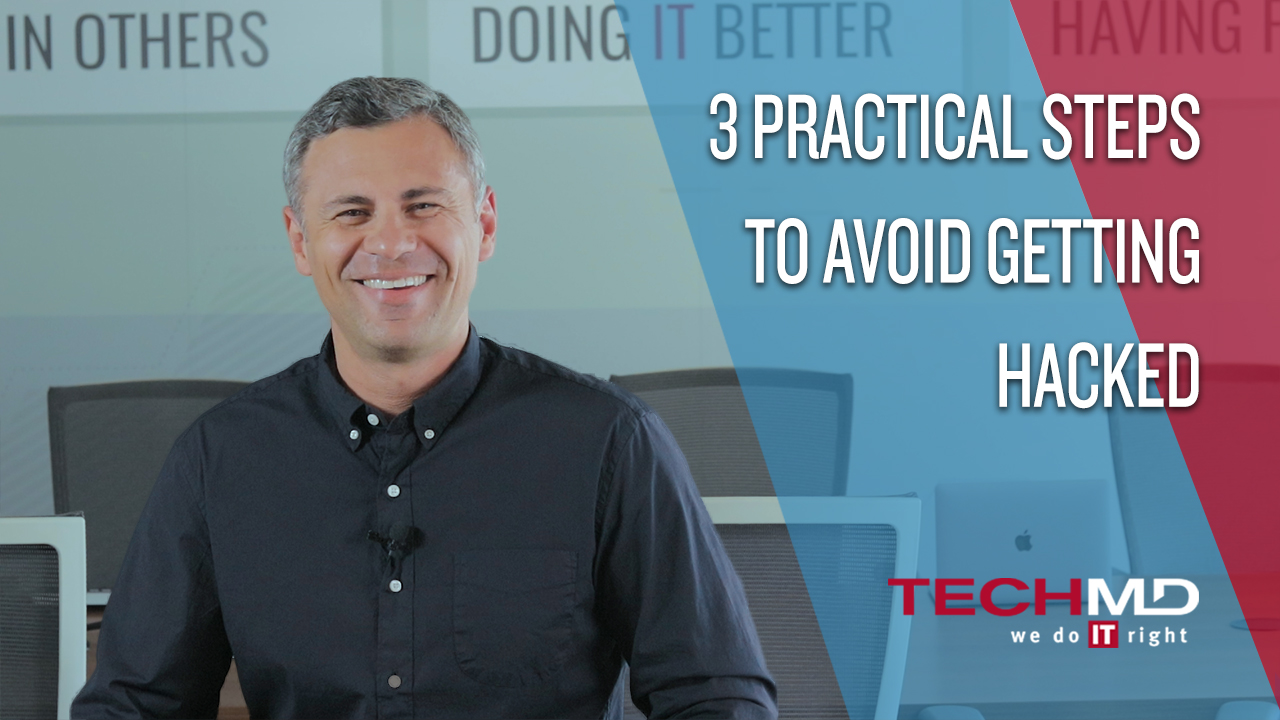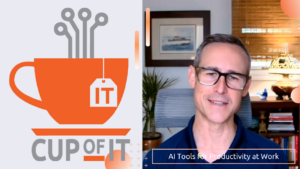In today’s technology landscape, cybercriminals are now primarily targeting individual users rather than breaking into systems. In today’s Tech Talk, we’ll review three best practices you can implement to protect yourself from cyberattacks, whether at work or home.
-
1) Phishing Scams
Understand how to identify and avoid phishing scams. Phishing occurs when a hacker sends an email that looks like it’s from a legitimate institution or company to trick users into giving up their personal information. They mimic real logos, web addresses, and language from real companies to prompt you into clicking malicious links, downloading harmful files and logging into fake websites. Once you enter your credentials to log in, the criminal on the other end steals your username and password to breach your account. Another common tactic is a CEO scam, where a fake email appears to come from a CEO or top executive asking employees to transfer money to them. To combat scams that invade your inbox, make sure you never click on links or open attachments that look suspicious. If someone asks you to transfer money or sensitive information via email, you should think twice and verify that request with the sender in person or on the phone.
-
2) Password Discipline
A good password strategy is also imperative to being connected online. The media is replete with headlines of data breaches where millions of accounts are compromised. Some of this can be attributed to the mistake of using simple, repeat passwords across different accounts. Thankfully, there are tools like LastPass and Dashlane which can generate complex passwords for your various accounts and house them in one location. Today’s password management isn’t complete without Two-Factor Authentication, or 2FA. 2FA works by creating an extra layer of security by validating login with a text message or app prompt on your smartphone. Implementing 2FA can prevent over 90% of security breaches.
-
3) Phone Scams
Lastly, cybercriminals are targeting smartphones for their attacks. This occurs when a hacker contacts you personally, such as pretending to be from the IRS or a law enforcement agency and will coerce you into paying back taxes or doing a wire transfer. The tactics you’d use against phishing emails should also be used here, so don’t give out sensitive information or send payments in response to unsolicited phone calls.
In conclusion, healthy cybersecurity is built on knowing how to spot phishing emails, improving your password management, and knowing when you’re receiving a call from a scammer. Make sure you follow these three principles to stay safe wherever you are!





